
| Recorded by: David George, Jeff Niznik on 2025-05-24
Richmond Co.
Comment: | 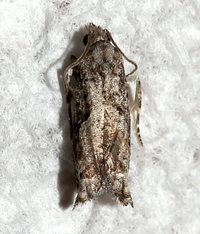
| Recorded by: David George, Jeff Niznik on 2025-05-24
Richmond Co.
Comment: |
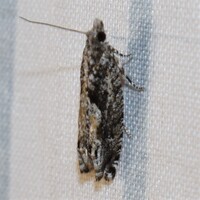
| Recorded by: David George, Stephen Dunn, Jeff Niznik on 2023-04-19
Orange Co.
Comment: | 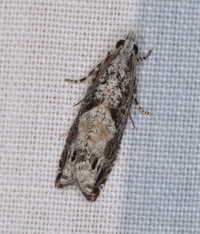
| Recorded by: David George, Stephen Dunn, Jeff Niznik on 2023-04-13
Orange Co.
Comment: |
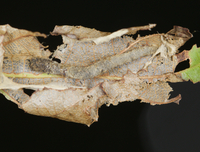
| Recorded by: Jim Petranka and Becky Elkin on 2022-10-04
Transylvania Co.
Comment: | 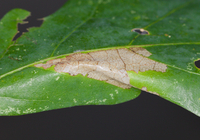
| Recorded by: Jim Petranka and Becky Elkin on 2022-08-24
Macon Co.
Comment: |

| Recorded by: Jim Petranka and Becky Elkin on 2022-08-24
Macon Co.
Comment: | 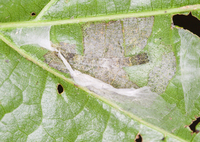
| Recorded by: Jim Petranka and John Petranka on 2022-08-10
Watauga Co.
Comment: |

| Recorded by: Jim Petranka on 2022-06-23
Buncombe Co.
Comment: | 
| Recorded by: Jim Petranka on 2022-06-23
Buncombe Co.
Comment: |
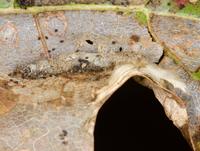
| Recorded by: Jim Petranka and Becky Elkin on 2021-10-20
Surry Co.
Comment: | 
| Recorded by: Jim Petranka and Becky Elkin on 2021-08-26
Yancey Co.
Comment: |
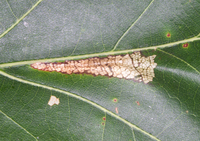
| Recorded by: Jim Petranka and Becky Elkin on 2021-08-03
Watauga Co.
Comment: An occupied tentiform structure on Northern Red Oak. | 
| Recorded by: Jim Petranka and Becky Elkin on 2021-08-03
Watauga Co.
Comment: |
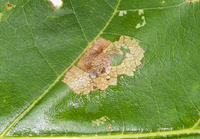
| Recorded by: Jim Petranka, Becky Elkin and Bo Sullivan on 2021-08-02
Ashe Co.
Comment: A tentiform mine on Northern Red Oak. | 
| Recorded by: Jim Petranka, Becky Elkin and Bo Sullivan on 2021-08-02
Ashe Co.
Comment: An underside fecal tube that was exposed from beneath a silk covering. |
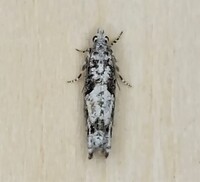
| Recorded by: Gary Maness on 2021-04-29
Guilford Co.
Comment: | 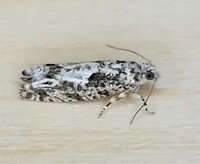
| Recorded by: Gary Maness on 2021-04-29
Guilford Co.
Comment: |
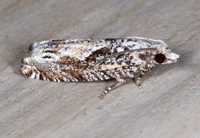
| Recorded by: Jim Petranka on 2021-04-26
Madison Co.
Comment: | 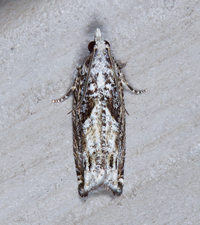
| Recorded by: Jim Petranka on 2021-04-26
Madison Co.
Comment: |
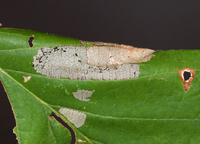
| Recorded by: on 2020-09-15
Yancey Co.
Comment: | 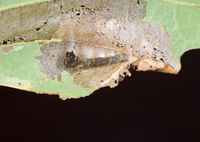
| Recorded by: on 2020-09-15
Yancey Co.
Comment: |

| Recorded by: Jim Petranka on 2020-04-23
Madison Co.
Comment: | 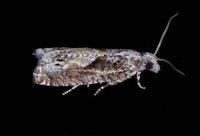
| Recorded by: Jim Petranka on 2020-04-23
Madison Co.
Comment: |
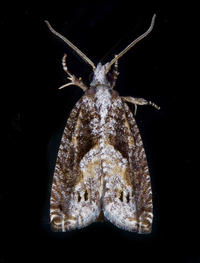
| Recorded by: Jim Petranka on 2020-04-23
Madison Co.
Comment: | 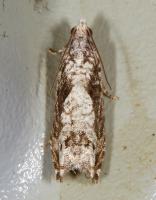
| Recorded by: Jim Petranka on 2019-05-17
Madison Co.
Comment: |
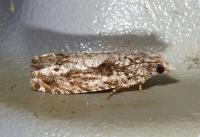
| Recorded by: Jim Petranka on 2019-05-17
Madison Co.
Comment: |

 »
»























